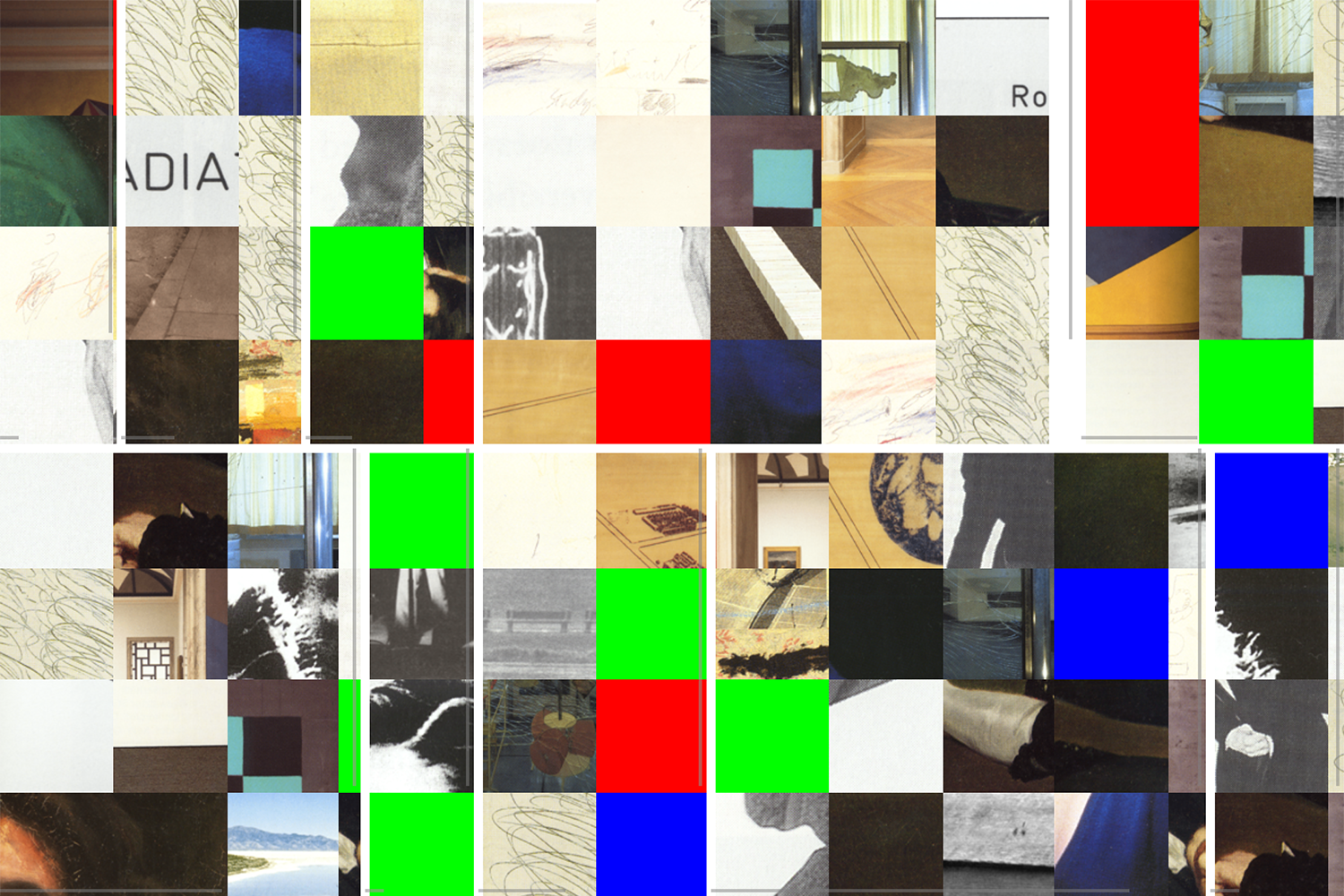Eduardo Navas
June 2002
Eduardo Navas
Eduardo Navas is an artist whose practice is primarily influenced by conceptualism; his work combines the areas of new media, performance art, photography, and music. Navas started to develop on-line projects in 1997. His most recent pieces are Chessboard, Chloë, D'Ya Like Scratchin'?, Grids, KCRW's Web Cam Images, The Quixote and the just completed Allegorical Impulse Part I. Navas is the Los Angeles correspondent for artkrush and also develops websites for various organizations. He most recently designed a website for Tone O. Nielsen's MFA thesis Democracy When?! Activist Strategizing in Los Angeles, shown at Los Angeles Contemporary Exhibitions in conjunction with the UCLA Hammer Museum.
Navas has been playing with two Salsa bands throughout Los Angeles in the early to mid-nineties, and with the Cal Arts Latin Jazz Ensemble between 1999 and 2000. He also developed and performed experimental electronic sound pieces in collaboration with artist/musician Justin Peloian. His musical interests led him to launch Mumutek.net, a website dedicated to developing interactive graphics for experimental jazz and electronic music.
He has been part of group exhibitions at The Baltimore Museum of Art and Santa Monica Museum of Art (in collaboration with USC School of Fine Arts) and participated in a benefit auction featuring Skowhegan Alumni at Knoedler Gallery in NYC. His work has been reviewed by The Baltimore City Paper, The Los Angeles Times, Net Art News, Neural Online and The Sunspot Journal. Eduardo Navas received his BFA from Otis College of Art and Design (1998), and his MFA from California Institute of the Arts (2000). He currently holds a position as Assistant Professor in the Art and Art History Department at Loyola Marymount University in Los Angeles, where he teaches technical and theoretical new media principles.
Gate Pages
Every month from March 2001 to February 2006 an artist was invited to present their work in the form of a “Gate Page” on artport. Each of these pages functioned as a portal to the artist's own sites and projects.
Wherever necessary and possible, these works are made functional through emulation and reconstructions from the Internet Archive. Not all of them have been restored to their original state and their conservation is ongoing. You can also view the original Gate Pages archive to see how they were presented at the time of their creation.
artport
View more on artport, the Whitney Museum's portal to Internet and new media art.

